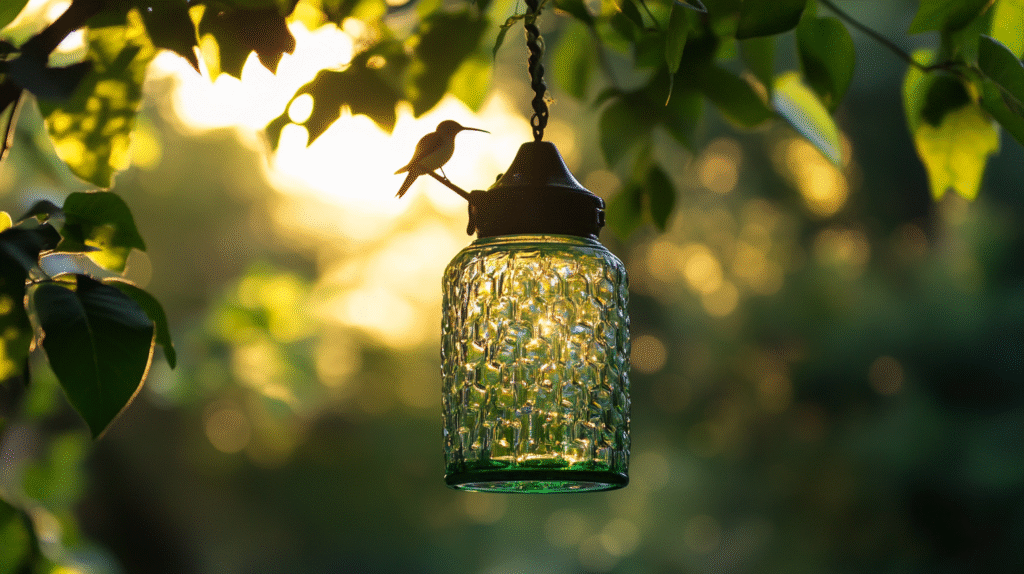
Hummingbird Food Recipes
Make Simple, Safe Nectar at Home
Hummingbirds need high-energy food to fuel their fast metabolism and constant motion. Making homemade nectar is an easy, affordable way to support them—especially when natural flower sources are limited.
This page provides trusted recipes and tips to help you safely feed hummingbirds in your yard without artificial dyes or unnecessary ingredients.
Homemade Nectar Recipe:
- 1 part white granulated sugar
- 4 parts clean, warm water
Stir until the sugar dissolves completely. Let it cool before adding it to a clean feeder.
Important Do’s and Don’ts:
- Use only plain white sugar—never honey, brown sugar, or artificial sweeteners
- Do not add red dye; it’s not necessary and may be harmful
- Clean feeders thoroughly every 2–3 days, or more often in hot weather
- Change nectar often to avoid fermentation or mold
When to Feed Hummingbirds
In most areas, early spring through late fall is the best time to provide nectar. In warmer regions, hummingbirds may be present year-round. Start feeding when you spot the first birds and stop after the last have migrated through.
Attracting Hummingbirds
- Use feeders with red parts to draw attention
- Plant native flowers like bee balm, salvia, or trumpet vine nearby
- Provide perching areas and a safe, quiet space
Note: Homemade nectar is a supplement and should not replace natural flower sources. Keep feeders clean and follow safe feeding practices to protect hummingbird health.
Subscribe to Our Newsletter
